El Salvador The 10 most touristically places, El Salvador, the smallest country in Central America, is a hidden gem that beckons travelers with its rich cultural heritage, stunning landscapes, and historical sites. From the colonial charm of Suchitoto to the majestic volcanoes and pristine beaches, El Salvador offers a diverse range of attractions. In this exploration, we delve into the ten most touristically renowned places in El Salvador, shedding light on the unique attractions that draw visitors from around the world.
1. San Salvador: Capital City and Cultural Hub
San Salvador, the capital and largest city of El Salvador, serves as a vibrant cultural hub and the economic center of the country. The city is characterized by its lively markets, colonial architecture, and modern developments. The Metropolitan Cathedral, located in the city center, is a historic landmark that reflects the country’s Spanish colonial past. The National Palace and the El Rosario Church are among the architectural gems that showcase San Salvador’s cultural richness. The city is also home to cultural institutions such as the National Theatre and the Museum of Art of El Salvador. San Salvador’s dynamic atmosphere, historical significance, and cultural attractions make it the starting point for many travelers exploring El Salvador.
2. Suchitoto: Colonial Gem and Arts Hub
Suchitoto, a colonial town nestled in the hills northeast of San Salvador, is renowned for its well-preserved architecture, cobblestone streets, and artistic community. The town’s central plaza, surrounded by colonial-style buildings, creates a picturesque setting. Suchitoto is a hub for the arts, hosting galleries, workshops, and cultural events. Visitors can explore the Santa Lucía Church, the Theater of the Rebirth, and the Alejandro Cotto Museum to immerse themselves in Suchitoto’s cultural heritage. The town’s colonial charm, artistic ambiance, and proximity to Lake Suchitlán make it a favorite destination for those seeking cultural immersion and a tranquil retreat.
3. Ruta de las Flores: Scenic Route and Colorful Towns
The Ruta de las Flores, or “Route of the Flowers,” is a scenic stretch of road that winds through picturesque towns and lush landscapes in western El Salvador. The towns along the route, including Juayúa, Apaneca, and Ataco, are known for their vibrant murals, charming architecture, and weekend food festivals. Visitors can explore local markets, coffee plantations, and artisan workshops. The Juayúa Food Festival, held every weekend, is a highlight, offering a variety of local dishes and cultural performances. The Ruta de las Flores’ combination of natural beauty, cultural richness, and culinary delights makes it a popular route for both domestic and international tourists.
4. Santa Ana: Historic City and Volcano Views
Santa Ana, the second-largest city in El Salvador, is known for its historical sites and its proximity to the Santa Ana Volcano. The city’s central plaza, flanked by the Gothic-style Santa Ana Cathedral and the National Theatre, reflects its colonial past. The nearby Santa Ana Volcano, one of the country’s most iconic natural landmarks, offers hiking trails with panoramic views of the Coatepeque Lake and surrounding landscapes. Santa Ana’s blend of historical charm, cultural attractions, and outdoor adventures makes it a destination that caters to a diverse range of interests.
5. Coatepeque Lake: Volcanic Crater Lake Retreat
Coatepeque Lake, a large crater lake nestled in the western part of El Salvador, is a tranquil retreat surrounded by lush hills and volcanoes. The lake offers opportunities for boating, swimming, and enjoying the natural beauty of the area. The panoramic viewpoints around the lake, such as the Cerro Verde National Park, provide stunning vistas of the lake and the surrounding landscapes. Coatepeque Lake’s serene ambiance and recreational activities make it a popular destination for both day trips and longer getaways.
6. Tazumal: Mayan Archaeological Site
Tazumal, located near the town of Chalchuapa in western El Salvador, is a significant Mayan archaeological site that reflects the ancient civilization’s presence in the region. The site features a series of well-preserved structures, including pyramids, ball courts, and residential complexes. The Tazumal Archaeological Park provides insights into the daily life and architectural achievements of the Mayan people. Tazumal’s historical importance and archaeological significance make it a destination for those interested in Mesoamerican civilizations and ancient history.
7. Joya de Cerén: UNESCO World Heritage Site
Joya de Cerén, often referred to as the “Pompeii of the Americas,” is a UNESCO World Heritage site that offers a unique glimpse into the daily life of the pre-Columbian Maya. The archaeological site, located near San Juan Opico, features well-preserved remains of a village that was abruptly buried by volcanic ash in the 6th century. The site includes ancient houses, communal structures, and agricultural fields, providing a rare opportunity to understand the daily routines and activities of the ancient inhabitants. Joya de Cerén’s archaeological significance and its status as a UNESCO World Heritage site make it a destination that attracts history enthusiasts and those fascinated by the mysteries of ancient civilizations.
8. El Tunco: Surfing Paradise and Beach Vibes
El Tunco, a coastal town on the Pacific Ocean, is a haven for surfers and beach enthusiasts. Known for its consistent waves, El Tunco attracts surfers of all levels seeking the thrill of the Pacific swells. The town’s laid-back atmosphere, beachfront bars, and vibrant nightlife create a lively scene for both locals and visitors. El Tunco’s black sand beaches, dramatic sunsets, and surf culture make it a popular destination for those looking to relax by the ocean and enjoy the coastal lifestyle.
9. Jiquilisco Bay: Mangrove Ecosystem and Ecotourism
Jiquilisco Bay, located on the eastern coast of El Salvador, is a biodiverse region known for its mangrove ecosystems, wildlife, and ecological conservation efforts. The bay is home to various species of birds, fish, and marine life. Visitors can explore the mangroves by boat, observing the rich biodiversity of the area. The Jiquilisco Bay Biosphere Reserve, designated by UNESCO, emphasizes the importance of preserving this unique coastal ecosystem. Jiquilisco Bay’s commitment to ecotourism and its natural beauty make it a destination for those interested in sustainable travel and the exploration of diverse ecosystems.
10. Perquín: Historical Guerrilla Stronghold
Perquín, located in the mountains of Morazán, played a significant role during El Salvador’s civil war and is known for its historical sites related to the conflict. The town was a stronghold for the Farabundo Martí National Liberation Front (FMLN), and the Museo de la Revolución highlights the war’s impact on the region. Visitors can explore guerrilla tunnels, view artifacts, and gain insights into the country’s recent history. Perquín’s historical significance and its transformation into a place of remembrance make it a destination for those interested in understanding the complex socio-political context of El Salvador.
In conclusion, El Salvador’s allure as a tourist destination lies in its diverse offerings, from the colonial charm of Suchitoto to the volcanic landscapes around Santa Ana and the archaeological wonders of Tazumal. Each of the ten highlighted destinations showcases a different facet of the country’s multifaceted beauty, inviting travelers to explore the unique blend of culture, history, and natural wonders. Whether surfing in El Tunco, hiking volcanoes in Santa Ana, or discovering ancient Mayan sites, El Salvador stands as a testament to the richness and diversity of Central America’s cultural and natural treasures.


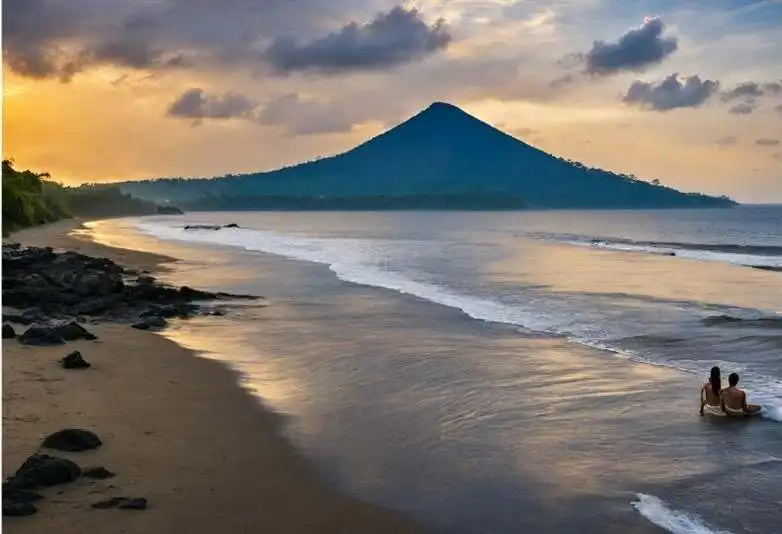

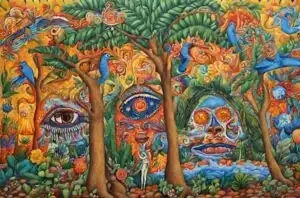

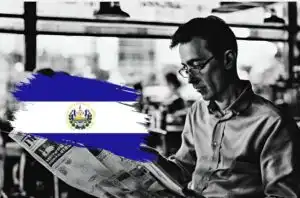


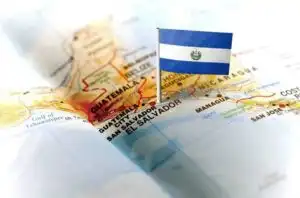
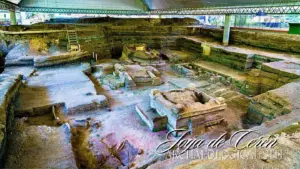

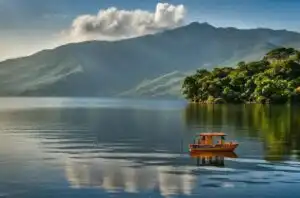
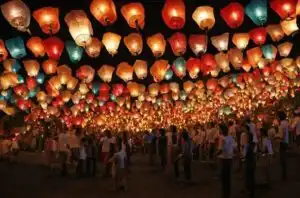
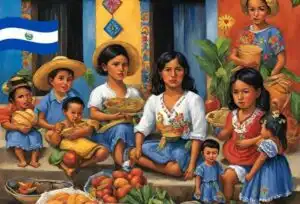




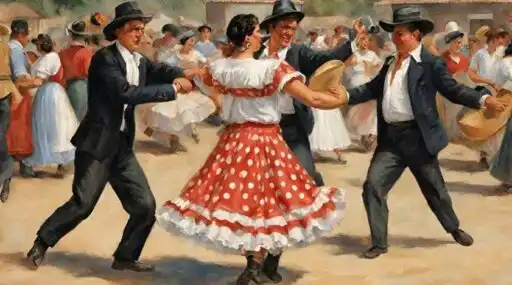

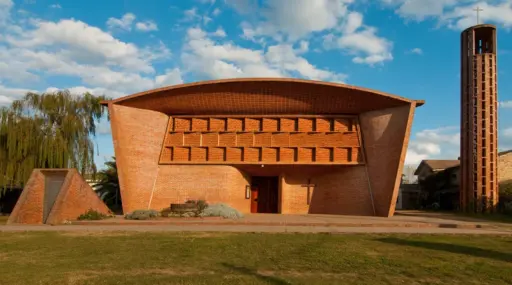




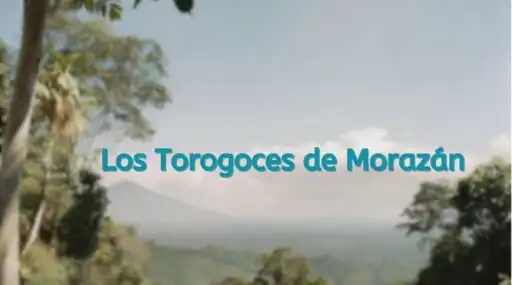



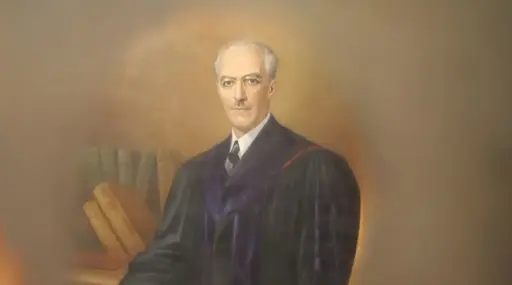









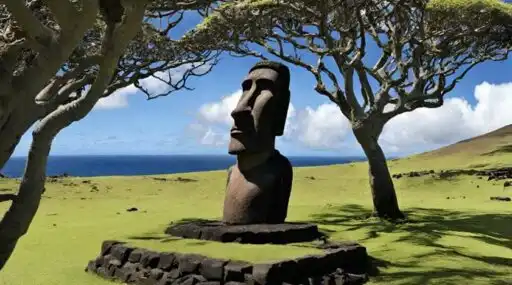
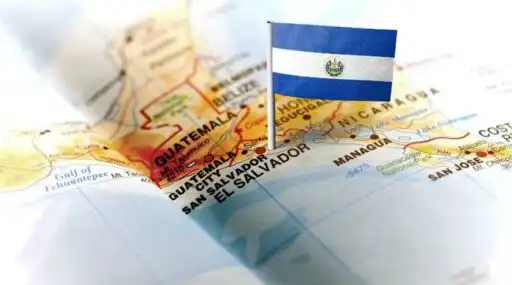

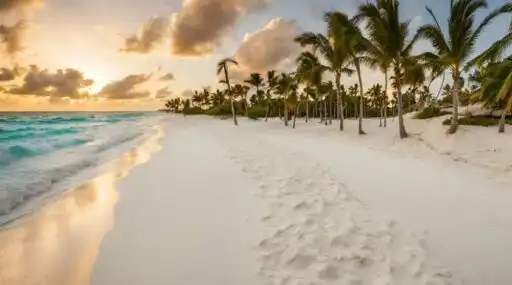
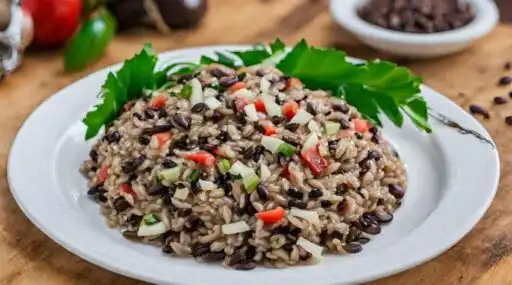


Leave a Reply